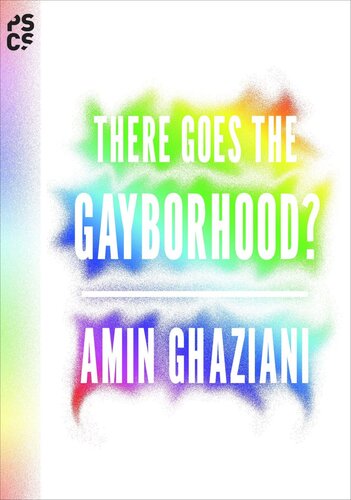

Most ebook files are in PDF format, so you can easily read them using various software such as Foxit Reader or directly on the Google Chrome browser.
Some ebook files are released by publishers in other formats such as .awz, .mobi, .epub, .fb2, etc. You may need to install specific software to read these formats on mobile/PC, such as Calibre.
Please read the tutorial at this link: https://ebookbell.com/faq
We offer FREE conversion to the popular formats you request; however, this may take some time. Therefore, right after payment, please email us, and we will try to provide the service as quickly as possible.
For some exceptional file formats or broken links (if any), please refrain from opening any disputes. Instead, email us first, and we will try to assist within a maximum of 6 hours.
EbookBell Team

4.7
106 reviewsGay neighborhoods, like the legendary Castro District in San Francisco and New York's Greenwich Village, have long provided sexual minorities with safe havens in an often unsafe world. But as our society increasingly accepts gays and lesbians into the mainstream, are "gayborhoods" destined to disappear? Amin Ghaziani provides an incisive look at the origins of these unique cultural enclaves, the reasons why they are changing today, and their prospects for the future.
Drawing on a wealth of evidence--including census data, opinion polls, hundreds of newspaper reports from across the United States, and more than one hundred original interviews with residents in Chicago, one of the most paradigmatic cities in America--There Goes the Gayborhood? argues that political gains and societal acceptance are allowing gays and lesbians to imagine expansive possibilities for a life beyond the gayborhood. The dawn of a new post-gay era is altering the character and composition of existing enclaves across the country, but the spirit of integration can coexist alongside the celebration of differences in subtle and sometimes surprising ways.
Exploring the intimate relationship between sexuality and the city, this cutting-edge book reveals how gayborhoods, like the cities that surround them, are organic and continually evolving places. Gayborhoods have nurtured sexual minorities throughout the twentieth century and, despite the unstoppable forces of flux, will remain resonant and revelatory features of urban life.